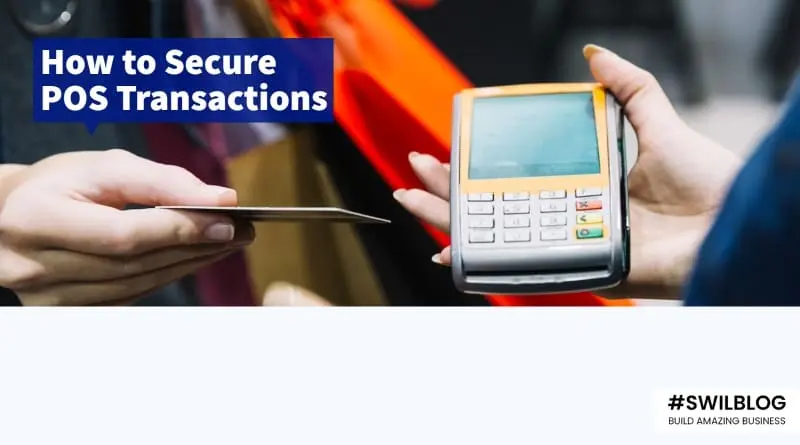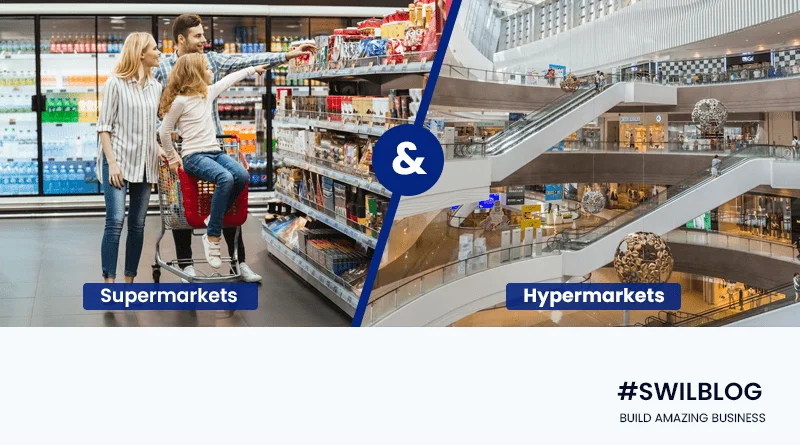Businesses have altered due to the IT industry’s rapid growth in recent years. With the advancement of powerful software and hardware technologies, all retail company records are now digital. Electronic record-keeping saves resources, is more dependable and can be backed up with less risk of data loss.
Point-of-sale systems are built to monitor all sales orders, inventory records, POS transactions, customer profile management, and other activities in a retail business. Swil is a popular POS system that helps companies increase sales.
Article Content-
- What exactly is a POS transaction?
- Types of POS transactions
- The link between POS reconciliation and POS transactions
- The Advantages of POS Reconciliation
- Conclusion
What exactly is a POS transaction?
A POS transaction occurs when a client pays at a cash register or online shop in return for goods or services. A point-of-sale transaction happens anytime an activity involving converting assets, liabilities, or equity occurs.
Depending on the type of company or shop from which the purchase is made, cash and commodities exchange might occur in any medium. There are two user roles involved in the transactions: buyer and seller. Point of sale (POS) systems are software and hardware-based systems that maintain track of these transactions.
Consequently, a point-of-sale transaction is any monetary exchange via a cash register coupled with POS software and hardware. Retailers buy POS systems to track daily, monthly, or yearly transactions. The POS systems are also in charge of estimating the amount of money made each day from the sales of various items.
Inventory management, POS report creation, customer profile management, stock management, anticipating stock needs, and more fantastic functions are also available. Using a POS system to record and monitor Point of Sale transactions can assist merchants and sellers in keeping accurate records.
It is also to measure the development of their enterprises effectively. These systems also assist sellers in developing sales strategies by analyzing the demand and sales of each product and the influence of previously executed sales methods. It can also produce POS reports based on the supplied data.
Types of POS transactions
Each sale or buy entails transferring money, but the medium via which this money is transmitted varies depending on the circumstances. The following are detailed explanations of the two primary types of POS transactions:
1. Online order POS transaction
This category includes POS transactions that occur while purchasing an online retail business. The shop is not physically present in this situation. Still, purchasers may examine product descriptions online and order desired things delivered to their doorstep in a reasonable amount of time.
In the online category, the point-of-sale transaction happens when the buyer submits their credit card information, and the money is transmitted to the seller. In rare circumstances, the payment is reimbursed to clients due to unsatisfactory product quality or malfunctioning products.
2. POS transactions for orders placed offline
When a customer enters a shop, selects things, and pays at the cash register where a POS is installed, the transaction is classified as an offline point-of-sale transaction. In this instance, the seller receives the money immediately and without any wait.
These online and offline transactions are further subdivided into three types:
A. Sales
This transaction occurs when a product or item is sold in an actual store or an online retail business. The vendor receives the cash or payment directly in both circumstances.
The POS system records the number of items sold, the amount of cash received, the date and time of purchase, the employee managing the transaction, and the customer information to monitor these elements for future forecasts.
B. Purchases
This transaction happens when a consumer buys a product from any channel and pays for it. The POS system stores all of the information related to the purchase.
C. Receipts
After the buyer has successfully acquired his chosen goods, a receipt is issued for the respected consumers that include information such as the amount of cash spent, the number of products purchased, the name of the things bought, the date and time of purchase, and so on.
This receipt is given to the consumer to keep track of their purchases at a retail shop.
The link between POS reconciliation and POS transactions
POS reconciliation is becoming more significant in small and big enterprises, and it refers to comparing the accounting records of POS data sets. This is done to guarantee that the data captured is correct.
Point of sale reconciliation is also defined as the computations performed to ensure that the cash in the cash register equals the number of sales completed on that particular day/month/year.
Both POS reconciliation and POS transactions are closely related since they are used to validate each other’s data. Point-of-sale reconciliation procedures cross-check the data collected from reports produced in a POS system. As a consequence, the fund’s intake and outflow are accurately documented.
The Advantages of POS Reconciliation
The following are a few advantages of POS reconciliation:
1. Reduce accounting mistakes
The POS reconciliation process eliminates potential human mistakes in financial calculations and allows you to examine data more accurately.
2. Secure business deposits
The cross-checking performed during this step also assists you in being sure of the cash quantity reserved in your account so that future investments or purchases may be forecast accurately.
3. Stability
The point-of-sale reconciliation procedure also improves the consistency of your company’s financial management. The precise assessment of available funds allows you to prepare ahead of time and complete your activities efficiently.
4. Recognize unlawful transactions
Double-checking all sales and purchase-related finances also help you discover unauthorized transactions and reduces the danger of wasteful cash leakage.
Conclusion
We’ve discussed a POS transaction, the many sorts of commerce, and why it’s such a vital part of the hospitality sector.
When installed appropriately and thoroughly, point-of-sale systems can deliver crucial learnings to help your hotel boost its bottom line while enhancing sales and marketing tactics based on payment profiles and trends.
Please contact our expert if you want to learn more about POS transactions or other parts of retail.








